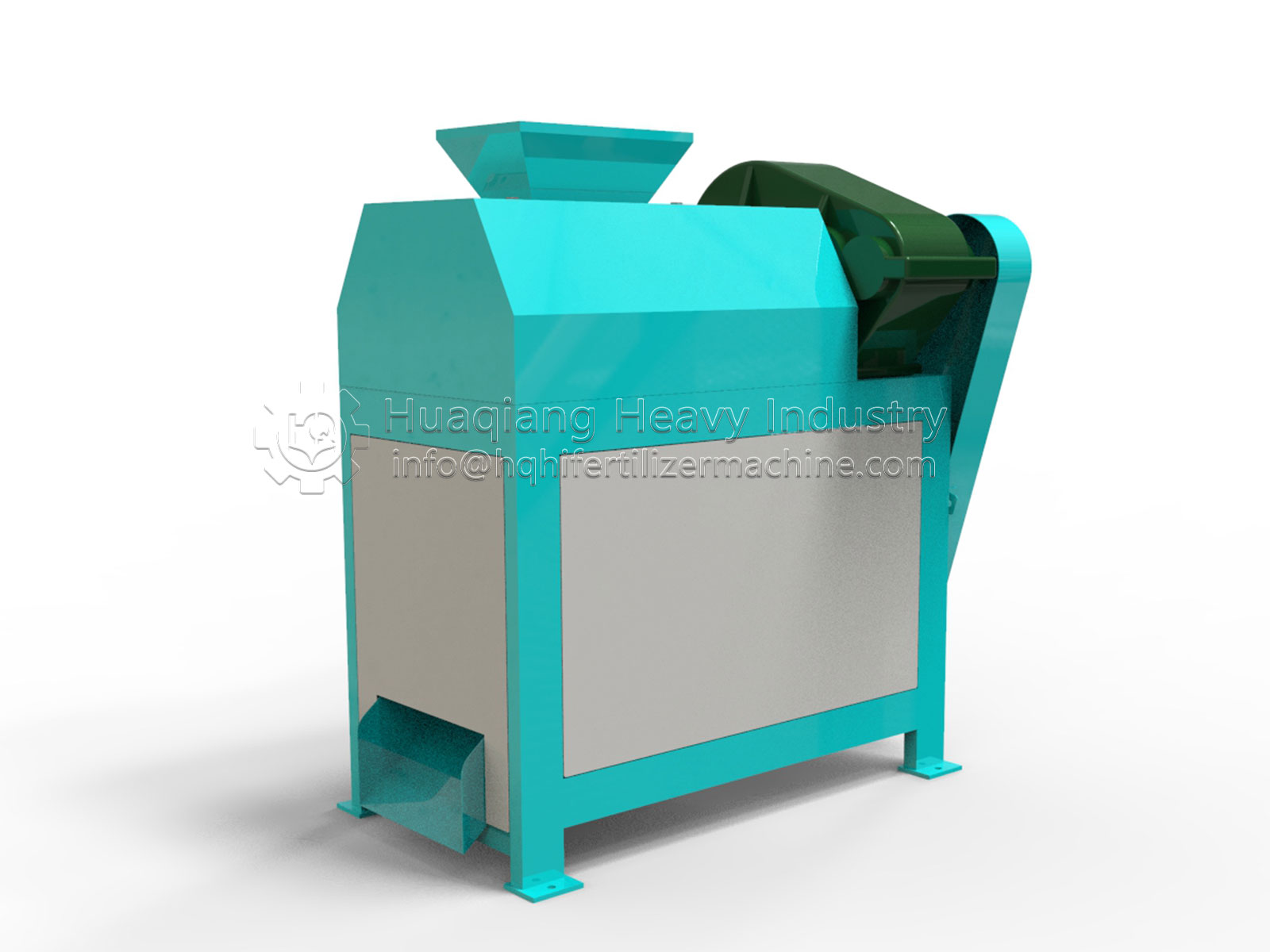There are various types of organic fertilizer specialized granulators, which vary depending on the raw materials, output, and particle shape, with prices ranging from several thousand to tens of thousands of yuan. Due to different yields, different sizes of granulators are required, ranging from very small granulators to large granulators.
The roller extrusion granulator uses the rotation of the mold pressure wheel to extrude materials into columnar particles. The advantages are uniform particles, high density, low water content, easy operation, easy maintenance, and is suitable for almost all organic fertilizer particle extrusion production. The disadvantages are high power consumption and relatively low yield.
The rolling organic fertilizer granulator rolls the powder into balls through the rotation of the drum. The advantages are high yield, low power consumption, simple production, but the disadvantages are low density, high moisture content, poor particle uniformity, and high dust in the workplace.

The rotary organic fertilizer granulator utilizes a disc structure organic fertilizer granulator to make powder into spherical particles by rotating the flat plate. Its advantages lie between the extrusion type organic fertilizer granulator and the rolling type organic fertilizer granulator, and it is suitable for rotary granulation of raw materials with high adhesion, high specific gravity, and high moisture content. The best performance is reflected in polishing cylindrical particles into spherical particles. The advantage is to strengthen the appearance of particles, reduce the relative moisture content of particles, balance the roundness and uniformity of particles, but the disadvantage is the combination of dual machines, high power, and slightly more programs.
Crushing type organic fertilizer granulator refers to the organic fertilizer granulation method of crushing raw materials or semi-finished products into small particles in a granular manner. The advantages are high yield, low power consumption, and easy operation, while the disadvantage is that it needs to be used in conjunction with a grading screen.
The working principle of the rotating steam organic fertilizer drum granulator is that the main electric motor drives the belt and pulley, which are transmitted to the driving shaft through a reducer. The split gear installed on the driving shaft engages with the large gear ring fixed on the body, and works in opposite directions. The material is added from the feeding end and passes through the inside of the cylinder. Through the internal structure of the cylinder, it is made into particles and then flows out through the discharge port. Due to the continuous entry of materials and the continuous rotation of the granulator, mass production can be achieved.